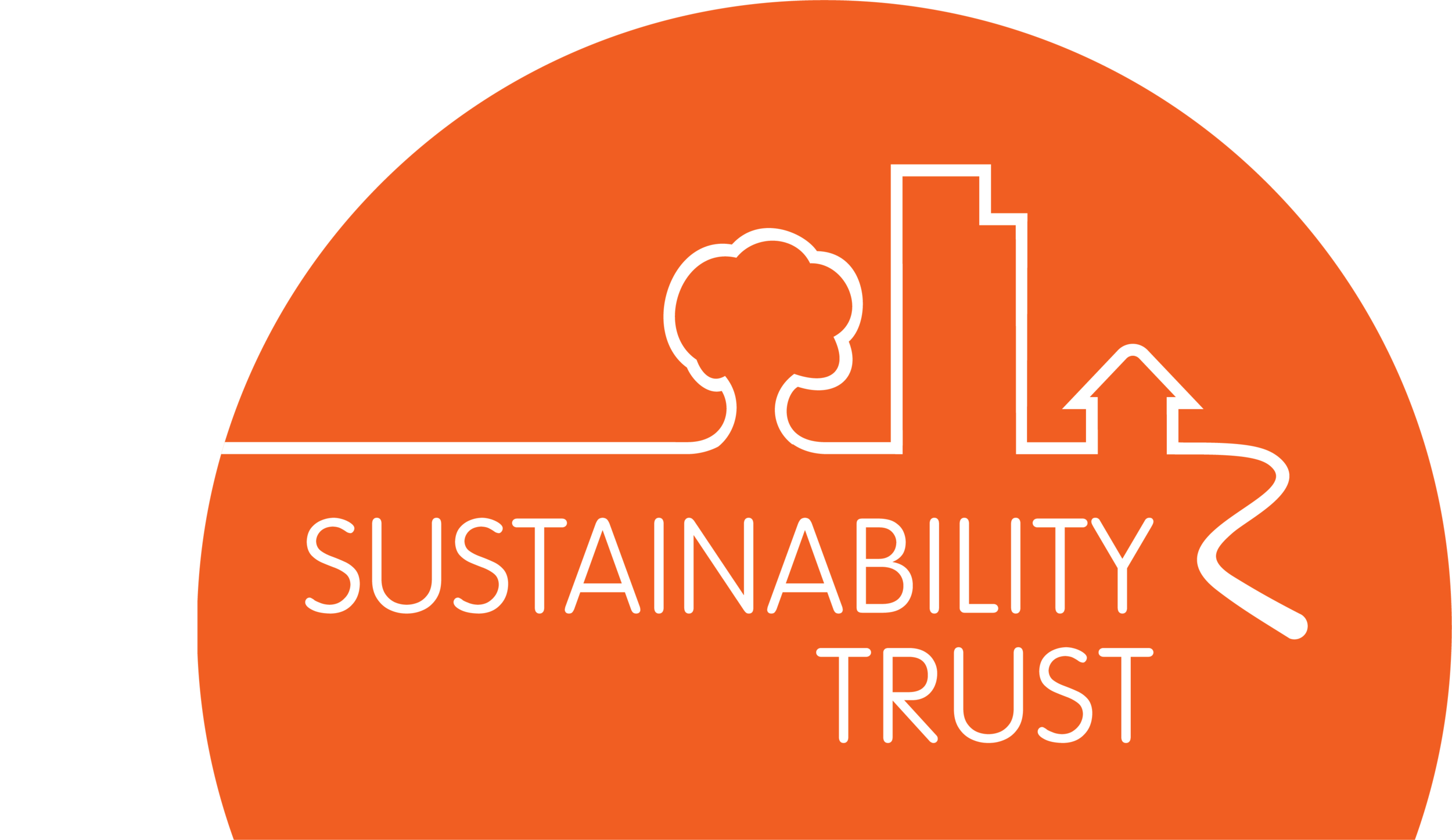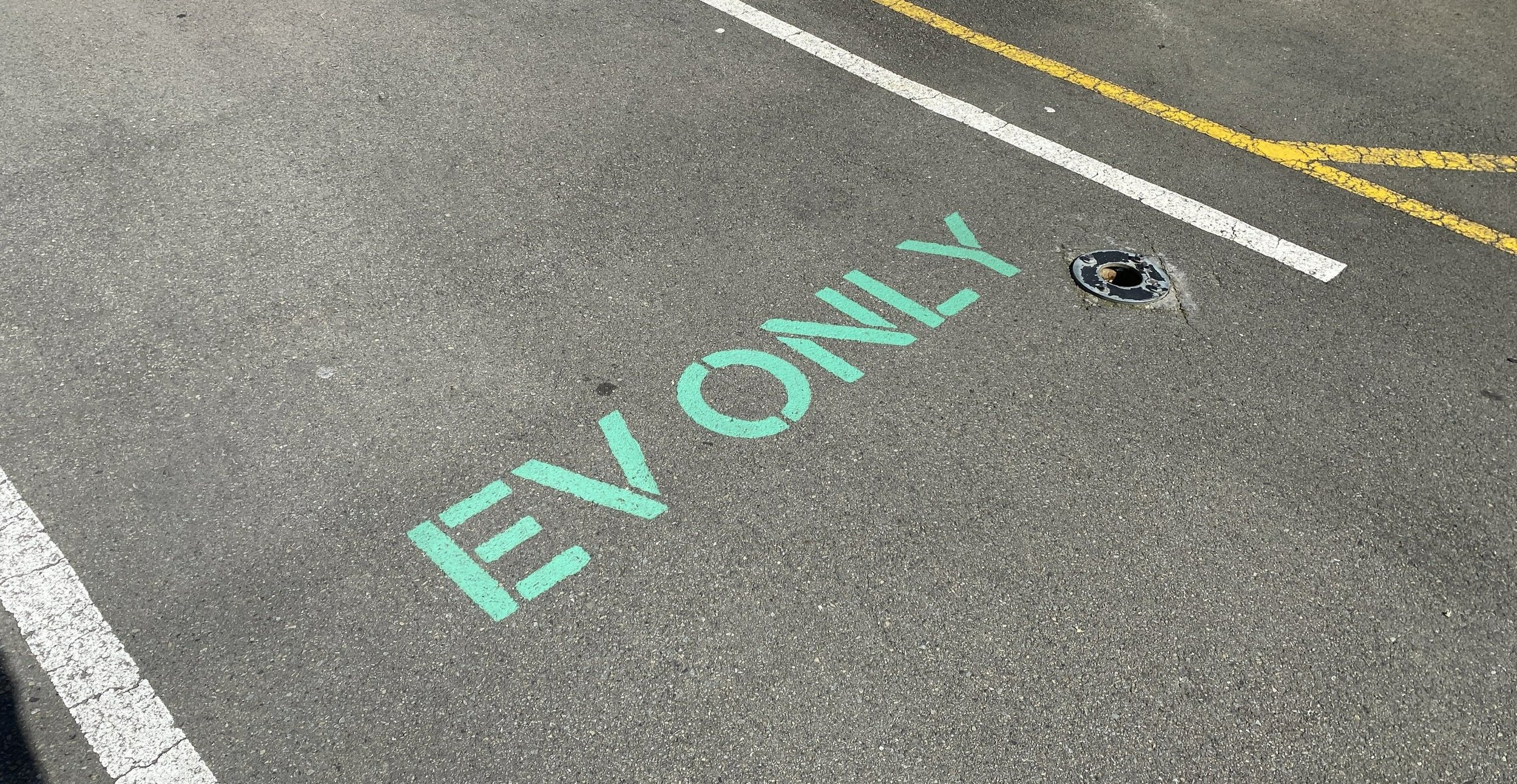EV Chargers: Lessons learned
Published 25 October 2022
EV Chargers: Lessons Learned
We’ve been dealing with electric vehicles and chargers for some time now. From installing a public charger to now installing domestic chargers, we have learned some valuable lessons that we’re keen to share.
Our Vehicles
The Trust’s first EV was a series 1 Nissan Leaf. It had a 24kW battery and a range of around 100kms. Great for running around town, but on a three-pin trickle charger it was charging almost all the time it wasn’t in use.
We started turning our petrol engine car fleet over to hybrids – they gave a greater range for our assessment team than a pure EV. But as more of the old fleet came up for replacement, we started doing some research. Drivers often told us they were regularly driving over 200km a day. In reality, most of them rarely travelled more than 100kms and some never over 60kms. Even showing them the travel data from the on-board tracker did not immediately convince them. The series 2 Leaf (with the 30kW) battery) came with around 180km range, and now they are in service they are more than sufficient for our needs. As new models with larger capacity batteries become available in the second-hand market, we will be moving to a 100% EV fleet, but we have discovered this takes time and a good plan.
Heavy vans are more of a problem for us because these really do a greater mileage. We have the experience of running an LDV V80 52kW van as our community vehicle. This was immensely useful (if a little big for urban traffic!) and had a range of around 175km. We noted that with a big payload the range dropped considerably and on long hills like SH1 out of Wellington this was even worse. The technology is moving quickly, though, and our options will soon be to either make a half-way step into hybrid vans or to wait until higher capacity electric vans become affordable.
Our Chargers
The first step-change for us was the installation of faster chargers. The original plan was for our solar panel to charge our vehicles, but it doesn’t quite work that way. The panels push power back into the grid, and we take grid power for our charger, so the net effect is the same. We set up a charging station with various outputs, including trickle chargers and 7.4kW “fast” chargers.
Another big leap was installing a public charger – our first formal transaction with Thundergrid. This included setting up a dedicated switch board and an Etrel Pro charger which allowed the public to log on and charge their vehicles then pay the Trust through the Thundergrid network (with all proceeds going to the Wellington Curtain Bank.) We learned a lot about the implications of having a public charger, its capacity and speed, and how customers might use (and abuse) it.
Now our electrical team have installed several domestic chargers in people’s homes. These are a simple installation, but we have learned a thing or two.
What you need to know about domestic chargers:
Charging cars on a trickle charger or via a cable to the street generates a lot of heat in the adaptor and needs careful reviewing from a safety perspective.
Many garages in Wellington (especially in the CBD) don’t have enough power or any power at all to run a charger. Upgrading can be a big cost.
Older homes (and some newer ones) may need switch board upgrades to handle the load of an EV charger.
A basic “plug and charge” domestic charger has a large draw and when other big appliances (stoves, spa pools) are in use at the same time it can trip fuses. Owners might think this is a safety feature, but tripping fuses are a major pain! Therefore, we recommend the Thundergrid chargers with their Load Guard feature – this communicates with the switch board and cuts back the charge to the car where necessary. It still charges, but more slowly, then speeds up again when nothing else is in use.
The speed of charging the EV will depend as much on the on-board regulation in the vehicle as the charger.
Depending on how an EV is used, it might be more economic for owners to use public charging networks rather than invest large sums in home chargers.
Interested in getting a charger installed? Get a free assessment and quote.

